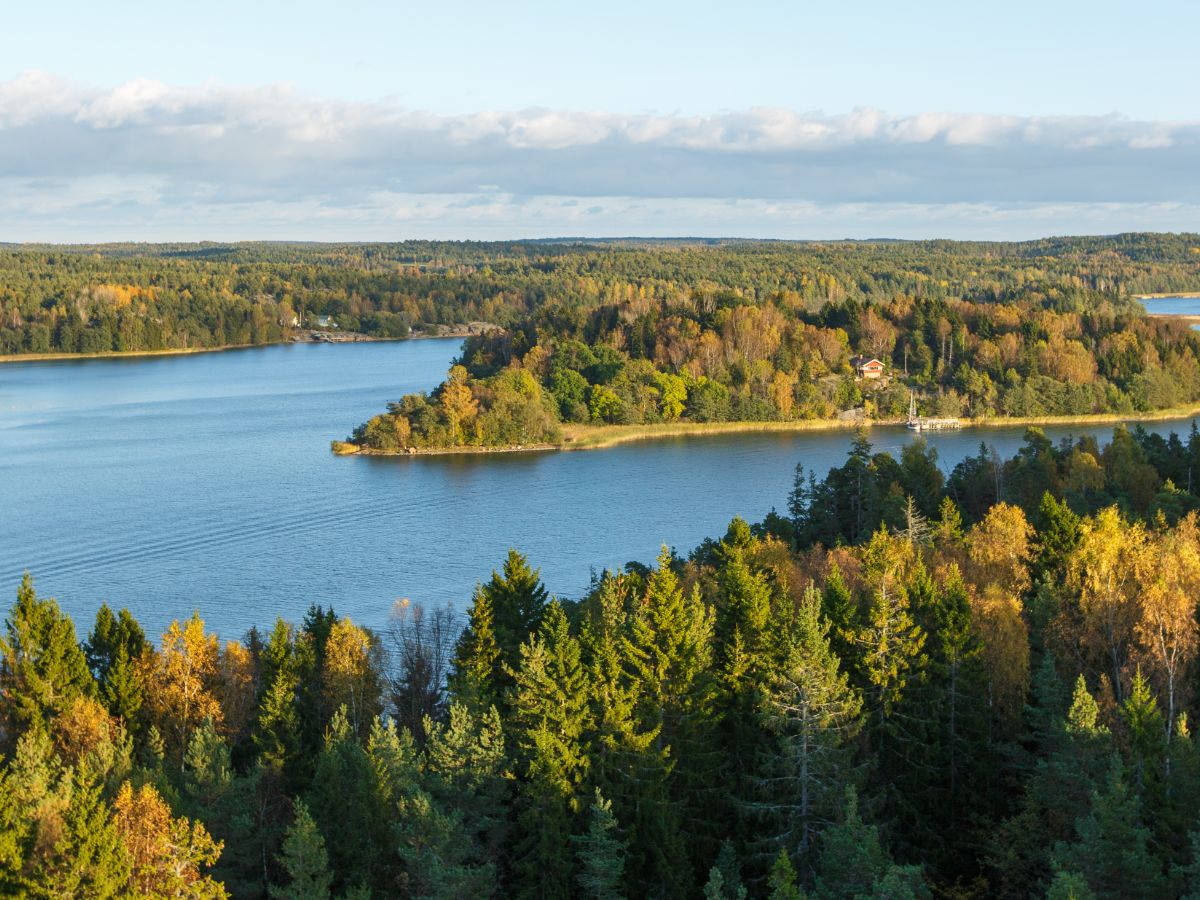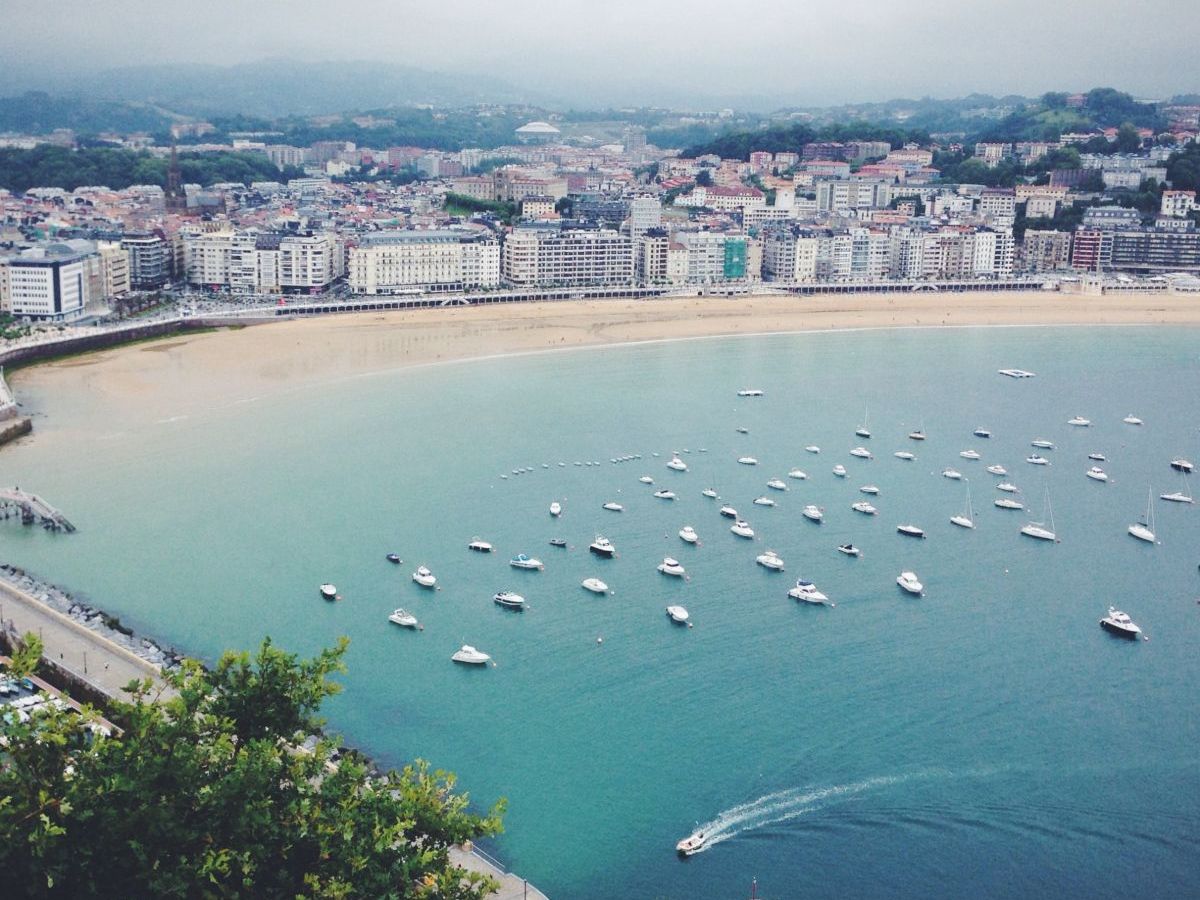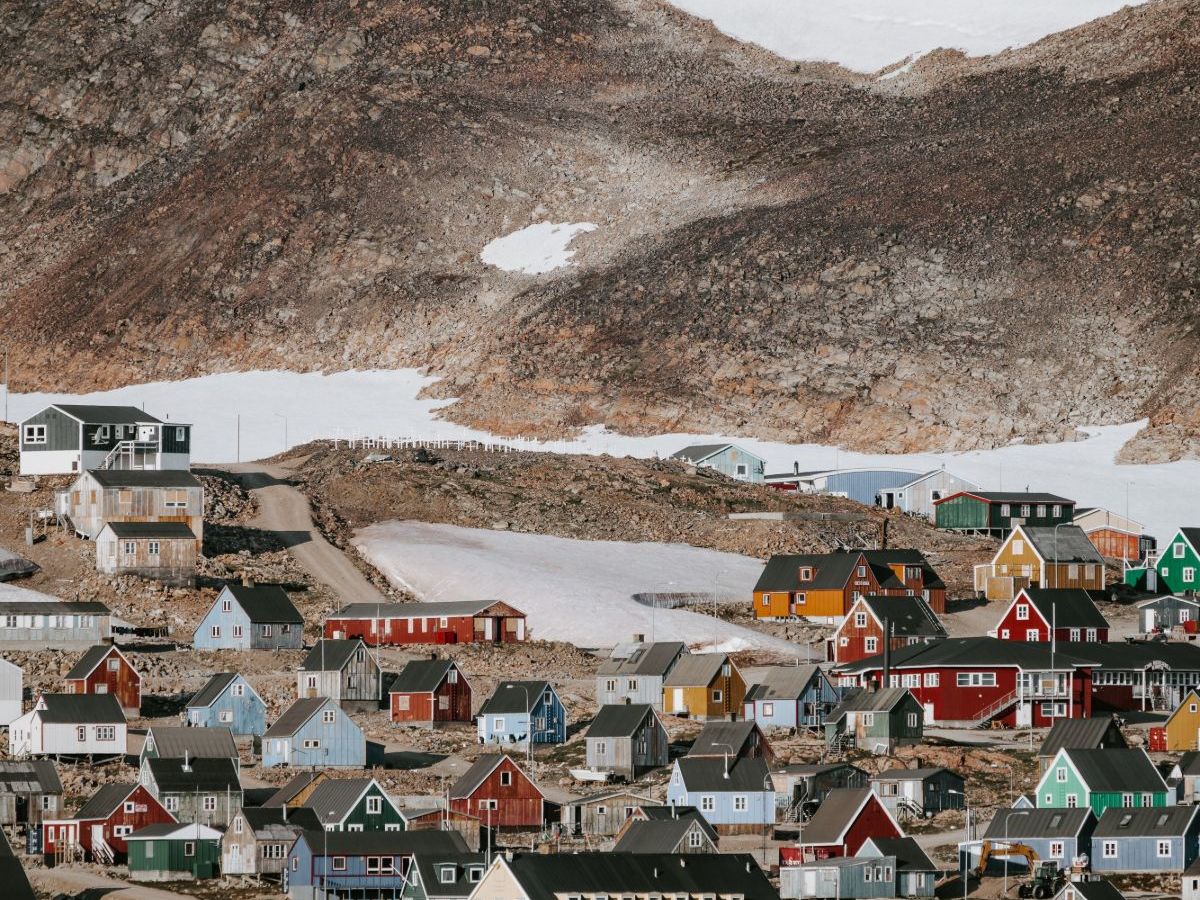
Autonomy is a kind of magic word, suggestive of harmony. Regarding minorities, there is a distinction between territorial and cultural autonomy. Cultural autonomy includes the protection and promotion of languages, religions and traditions of minorities that are dispersed rather than residing within a compact, territorially-defined area. Cultural autonomy allows a religious or ethnic community to independently organise its politico-cultural life through specially selected bodies of self-government. Territorial autonomy, on the other hand, applies to a minority residing in its traditional territorial area, which in addition to self-administration provides a limited amount of legislative power over the respective territory. This status grants the minority the right to govern its own affairs in its region, where it usually constitutes the majority, (so-called “internal self-determination”). It must, however, be stressed that no full sovereignty is associated with a territorial autonomy. Ideally, such an autonomous regime is secured in the national constitution, so that it cannot be revoked by simple legislation. In contrast to cultural autonomy (which has been introduced in only a few European countries such as Estonia, Slovenia and particularly in Hungary in the form of self-government corporations), there are a variety of functioning territorial autonomies in Europe – most of them the result of lengthy negotiations following militant confrontations.
The Åland Islands and South Tyrol – Europe’s Flagships of Autonomy

Photo: Adobe Stock/sokko_natalia
Territorial autonomy was first introduced on the Åland Islands, in Finland. The archipelago, located between Finland and Sweden, now has approximately 27,000 Swedish-speaking Åland inhabitants (→ What is a “Minority”?). After the fall of czarist Russia in 1917, Åland was denied the right to self-determination when the archipelago was annexed by the newly-formed nation of Finland, which rejected Åland’s wish for reunification with Sweden. The compromise provided by the League of Nations stipulated that Finland grant Åland self-government backed by extensive protection measures as well as a neutral, demilitarized status. Following the Second World War, the autonomy was significantly reformed in 1951, and again in 1991. In addition to previously existing special rights restricting land purchases and commercial activities by non-Ålanders, 1951 saw the creation of a regional citizenship as well as Åland’s own flag and postage stamps as ”national” symbols. With the 1991 reform, additional powers were transferred from the national level to Åland, and sufficient knowledge of the Swedish language was made a prerequisite for regional citizenship acquisition.
Swedish is the official language of the Åland Islands, and the sole language of instruction in public schools. Documents and other official acts by Helsinki must be translated into Swedish. The small number of Ålanders who speak Finnish as their mother tongue (5% of the population) are allowed to use Finnish in court, as well as in all correspondence with the public administration. Regional citizenship is required for the exercise of political rights, such as the active and passive voting rights. The islands have their own legislative assembly and a regional government. Their territory is a distinct constituency for election to the Finnish Parliament, with a deputy in the national parliament in Helsinki assuring its representation at the national level (→ Participation). Laws adopted by the regional legislative assembly may only be revoked in two cases: by the Finnish president’s veto in the case of an overstepping of its granted legislative powers or for reasons related to Finland’s domestic or foreign security. After the 1991 reform and the related transfer of powers, today only the areas of foreign policy, customs and monetary policy, judicial and insurance matters, shipping and aviation routes, constitutional, criminal, civil and tax law remain under control of the Finnish state. All remaining competencies fall to the islands’ autonomous authority.
Despite Finland’s foreign policy competence, since 1975 the Åland Islands have been a member of the Nordic Council, in which all the Nordic countries and autonomous regions of Denmark are represented (→ Indigenous Peoples). At the EU level, the Åland Islands are represented in the Committee of the Regions (→ Organisations) and enjoy exceptions such as exemption from the customs union (based upon an additional protocol of Finland’s 1995 accession to the EU).

Photo: Unsplash/Arno Senoner
Südtirol (South Tyrol) enjoys a similar degree of autonomy today, which had been a territory of the Habsburg Empire for centuries before being ceded to Italy in 1919 with no regard for its right to self-determination. Before the First World War, 93 percent of the South Tyrolean population were German (and just 4% Ladin and 3% Italian). This ratio was actively altered through massive fascist repression under Mussolini: Today, the 500,000 inhabitants of the Province of Bolzano comprise 70 percent German speakers, 26 percent Italian speakers and 4 percent speaking Ladin (one of the Raeto-Romance languages). This reflects years of assimilation through the prohibition of German language schools and the Italianisation of family names as well as the so-called “option” program, under which German-speaking individuals were forced to choose between remaining in their homeland and accepting complete Italianisation or being settled somewhere in the territory of the Third Reich (→ Zero Tolerance). The tide slowly began to turn in 1946 with the signing of the Gruber-De Gasperi Agreement. These guidelines solidified South Tyrolean autonomy under international law (→ Transnational Cooperation).
The blatant non-implementation of the 1948 “First Autonomy Statute” was met with demonstrations and bombings in the 50s and 60s. South Tyrol came to the world’s attention. When the conflict between the South Tyroleans and the Italian authorities escalated to the point of fatalities on both sides, in 1959 the United Nations addressed the South Tyrol question. Only after this second international intervention was the so-called “Paket” prepared: a package of measures prepared by a mixed commission of Italians and South Tyroleans: the 1972 “Second Autonomy Statute”. Following a 20-year implementation phase, in 1992 Austria and Italy officially declared the dispute settled before the United Nations. The still-standing autonomy statute primarily protects the German and Ladin-speaking minority, but as a genuine territorial autonomy, it is also of benefit to all of South Tyrol’s language groups.
Unlike the Åland Islands, proportional representation is provided in the public sector for all three South Tyrolean language groups (→ Quota and Proportional Systems). Introduced in 1972, this “quota system” was intended to curb the glaring dominance of the Italian population in public service: Public positions and various social and financial benefits are distributed proportionally amongst the language groups. For this purpose, individual membership in one of the groups is based upon a declaration made in the census (→ Uncounted). As for the school system, the smaller Ladin group follows a different model than the two major language groups (→ Education). This parity-based model assures Ladin-speaking children equal hours of instruction in the Italian and German languages. On the other hand, pupils of German or Italian mother tongue attend separate schools and have only a few hours of instruction per week in each other’s mother tongues. Due to a lack of second-language proficiency upon matriculation, this school model has drawn criticism from the population for its divisive potential. Since both German and Italian are official languages, a full-fledged bilingual (and in the Ladin valleys, trilingual) administrative system had to be developed. The requirement of bilingual language competence in the public sector is assured by the requirement of a bilingualism assessment test, the so-called “patentino”.
As in the case of Finland, only a few competences are left to the central state: defence and foreign policy, internal security, monetary and fiscal policy and civil and criminal law. Unlike Finland, however, the central government in Rome (since a 2001 constitutional amendment) lacks the power to veto South Tyrolean provincial legislative acts. Such action requires a case before the Constitutional Court, which has the power to resolve such disagreements legally.
Comparing these two oft-cited success stories in autonomy, South Tyrol stands out as an example of successful conflict resolution and the peaceful co-existence of different language groups. Its territorial autonomy both protects and promotes the Ladin- and German-speaking minorities as well as the Italian-speaking population, which has engendered a strong local identity even among Italians. In contrast, the Åland Islands extensive protection provisions have led to an almost exclusively Swedish regional identity. Both regions have assembled the necessary ingredients for what appears to be a “secret recipe” of success: a comprehensive legal framework governs everyday life and depoliticises delicate questions of partitioning, prosperity that owes to generous national tax refunds as well as efficient local government, a broad political consensus for active autonomy at the local level, the long stretches of autonomy-friendly governments in Helsinki and Rome, the involvement of international organisations like the League of Nations and the UN, the protective influences of Sweden and Austria, and eventually the European integration process, which connects regions and states, making independence movements appear increasingly anachronistic and dysfunctional.
Spain – A Balancing Act of Autonomy and Independence

Photo: Unsplash/Pavel Kosov
When the Franco regime ended in 1975, a process of regionalisation began in Spain, which by 1983 had given rise to seventeen autonomous communities with differently graded systems of autonomy. The most extensive of these (Catalonia, Galicia and the Basque Country) have an ethno-national basis. Increasing identification of citizens with their regions, especially the aforementioned “historic” nations of Catalonia, Galicia and the Basque Country has also provided a boost to separatist tendencies. While economically fit Catalonia has secured and expanded its autonomy within Spain, in the last 45 years over a thousand people have lost their lives in the ETA’s struggle for Basque independence.
The historic Basque Country comprises the three provinces of the present-day Basque Autonomous Community, part of Navarra, and the Northern Basque Country, which belongs to France. Because of high immigration during the Franco regime, only a third of the autonomous community’s two million inhabitants possess Basque roots and corresponding language competency. Despite the active suppression of the Basque language, the Basque Country possesses the most extensive autonomous powers of any region in Europe. Besides full responsibility for domestic security exercised by its own Basque police force, the Basque country holds the power of taxation. The proportion of tax revenue to be delivered to the central government is negotiated annually with Madrid. In contrast, Spain is responsible only for defence and foreign policy, citizenship and visa matters, customs and telecommunications, and monetary policy. A far-reaching autonomy statute adopted by the Basque Regional Assembly would have provided for the right to self-determination and international representation of the Basque Country, but was rejected by the Spanish Parliament in 2005.
The quest for a Basque state and the right to self-determination are in conflict with the Spanish Constitution’s principle of national unity. Accordingly, Basque society is divided between those in favour of an even greater degree of autonomy, those who oppose autonomy altogether, and supporters of immediate independence. The latter rely on other recent European examples, such as Kosovo or Montenegro – both newly independent States with even smaller populations than the Basque Country. Even among the younger population (which is beginning to rediscover the value of Basque cultural associations, religious organizations, and sport clubs) autonomy is widely seen as a transitional phase. The nearly insoluble dilemma for the Basques is that neither maintaining the status quo nor expanding autonomy within Spain is sufficient to stabilize the situation. At the same time, the establishment of a regional citizenship or a voluntary association with Spain (as provided for in the rejected autonomy statute) would pose Madrid with the risk of other autonomous communities following suit. The much-feared “domino effect” of statehood is thus not only relevant to the Balkans, but also to some EU Member States.
Greenland and the Faroe Islands – On the road to statehood

Photo: Unsplash/Annie Spratt
Greenland and the Faroe Islands enjoy a very extensive territorial autonomy within Denmark. The special status of Greenland is characterized by its geographic location and the way of life of the Inuit (→ Indigenous Peoples), who account for the majority of the 56,000 inhabitants. In addition to broad autonomy provisions and the customary law of the Inuit, Greenland has the right to negotiate agreements with other countries and to be a member of international organizations (such as the Nordic Council). Its three largest political parties cover the entire spectrum – from maintaining the current autonomy, developing autonomy in the context of national unity with Denmark, to complete independence from Copenhagen. In 2008, an overwhelming majority of Greenlanders voted to expand autonomy, and leading politicians aspire to independence only in the medium- to long- term. Independent statehood is only realistic with economic independence, which is at least 20-30 years away, as Greenland is currently dependent upon economic assistance from Denmark in the amount of 375 million U.S. dollars annually.
After a referendum for independence in 1946, Denmark granted the Faroe Islands’ 45,000 inhabitants to govern all local affairs including taxation, foreign policy, trade and fisheries, as well as the right to issue their own passports. Like Greenland, the Faroe Islands are exempt from Denmark’s membership in the EU, but nonetheless maintain bilateral trade agreements with the EU and individual member states. Complete sovereignty remains unfeasible because of significant financial contributions from Denmark, illustrating that the political question of internal self-government (autonomy) versus external self-determination (independence) is determined to a significant degree by economic factors.
Three take aways:
- As a rule, autonomies develop on the basis of particular ethnic, linguistic or religious characteristics. They are usually the result of periods of conflict and lengthy negotiations leading to a compromise. One thing that all autonomies have in common is the widest possible independence in legislation and administration.
- Among Europe’s regions with differently-configured territorial autonomies are the five autonomous regions of Italy, Spain’s 17 autonomous communities, Scotland, Wales and Northern Ireland (Great Britain), theÅland Islands in Finland, Greenland and the Faroe Islands (Denmark), Belgium’s German Community, the Azores and Madeira (Portugal), the Crimea in Ukraine and Gagauzia in Moldova, as well as the overseas territories of France (New Caledonia, French Polynesia) and the Netherlands (Dutch Antilles, Aruba). In November 2009, the autonomy of Vojvodina (which had been repealed in 1989 under Slobodan Milošević) was also re-introduced by the Serbian Parliament.
- Territorial Autonomy offers extensive separation of powers and transfer of competencies. These aspects have great potential for conflict resolution and also play a role in Europe’s current trend of federalisation. Cultural autonomy may present an alternative approach for achieving self-government, especially for those minority groups that are not settled in one concentrated area.
